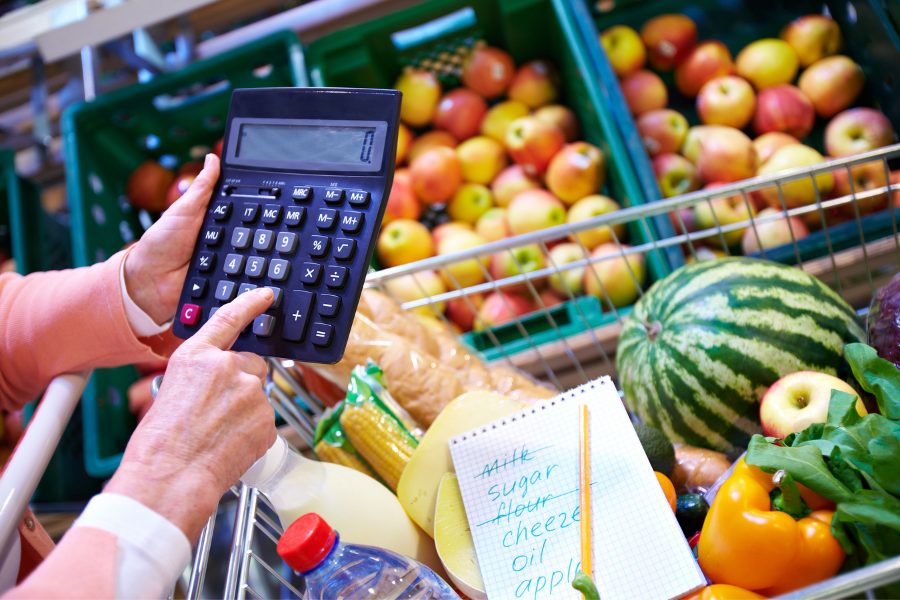Global food prices recently fell for the first time in a year, potentially offering some relief for consumers and easing inflationary pressures.
COSTS DROP 2.5%
A United Nations gauge of food costs dropped 2.5% in June, easing from a nine-year high and marking the first decline since May 2020. Prices of vegetable oils and cereals declined during the month, offsetting gains in meat and sugar, reported Bloomberg (July 8).
Costs of ingredients that feed through to grocery items—such as grains, meat, and vegetable oils—rallied this year on big Chinese imports, the reopening of economies, and weather risks to crops. The decline could reduce inflation risks for both central banks and poorer nations that are dependent on imports.
IMPORT BILL TO HIT ALL-TIME HIGH
Of course, shipping costs have soared of late, complicating the trade of products such as sugar, and the UN’s Food and Agriculture Organization (FAO) predicted last month that the global food import bill will hit an all-time high in 2021.
“I don’t think that we’ll see the impact of this mild decline being felt by consumers, given all the other factors that we know are still there,” Abdolreza Abbassian, an economist at the FAO, told Bloomberg.
Global food trade is poised for a resilient year ahead even as commodity prices remain high amid supply and demand uncertainties, according to a report released today by the FAO. The report notes that trade flows continued to reach new highs during the ongoing pandemic.
On a global level, trade in agricultural products – particularly less-perishable foods – performed more robustly than the broader merchandise sectors. This has contributed to drive FAO’s provisional forecast for the world food import bill in 2021 to $1.72 trillion, a 12 percent increase from its previous high of$1.53 trillion in 2020.
MORE RELIEF IN STORE, BUT PRICES STILL REMAIN HIGH
There may be more relief in store for consumers in the medium to long term. A recent outlook from the UN and Organization for Economic Cooperation and Development forecast slowing demand and rising output to temper food prices in the coming years. Additionally, the UN expects global grain stockpiles to rise 2.4% in 2021-22, the first increase in four seasons.
Still, world food prices remain historically high, up about 34% from the same time last year. Prices are hinging on weather in the months ahead, as well as China’s imports.












